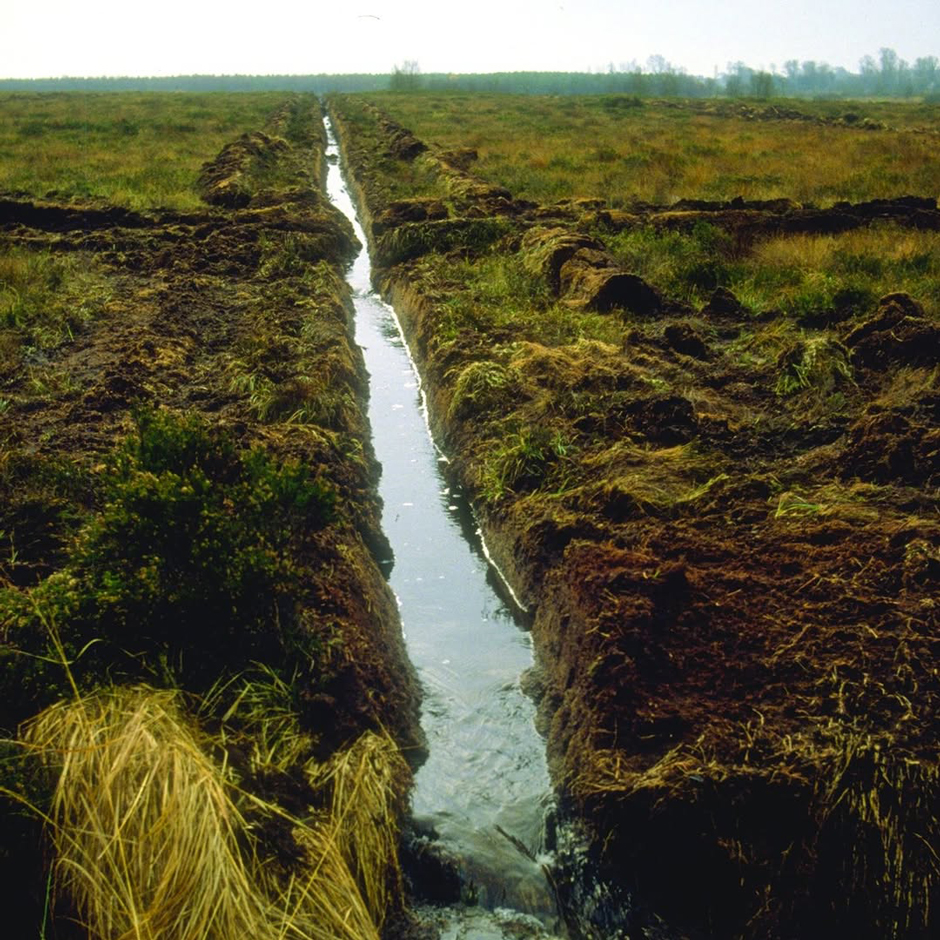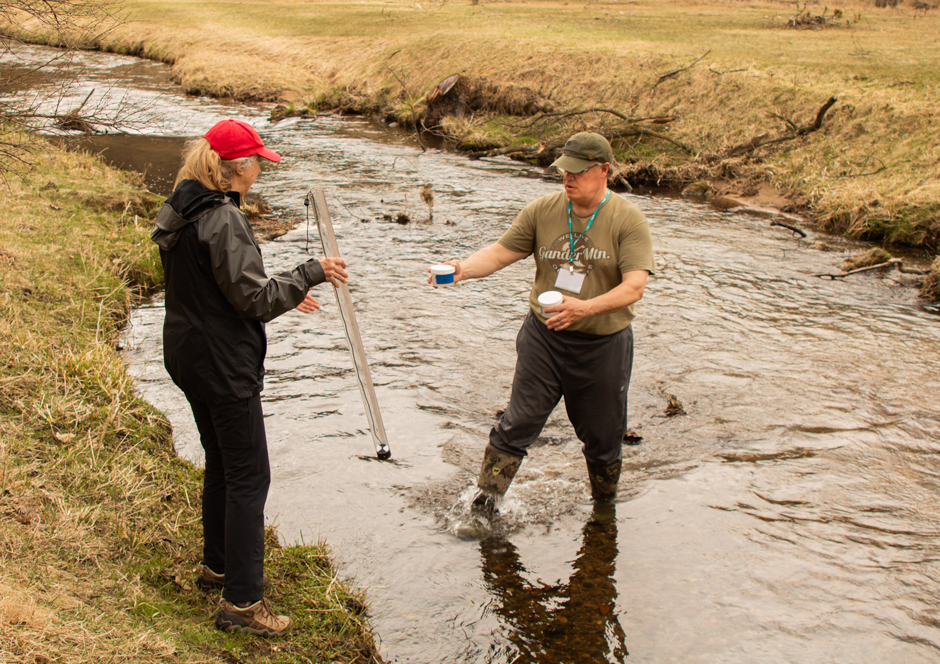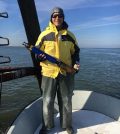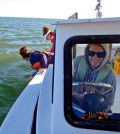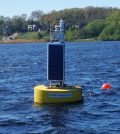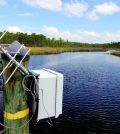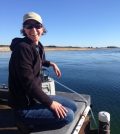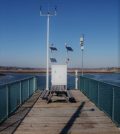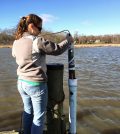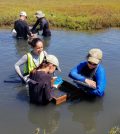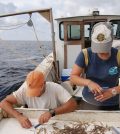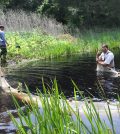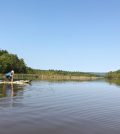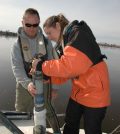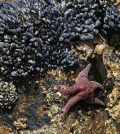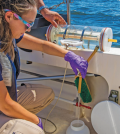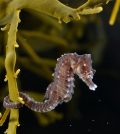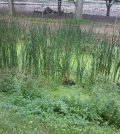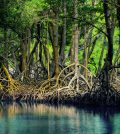Posts for tag "Wetlands & Estuaries"
Save our Bogs! Culture, Conservation and Climate Action in Ireland’s Peatlands
Characterized by long-term accumulation under waterlogged conditions, peatlands exist on every continent and account for 3-4% of the global land surface. Small but mighty, these often overlooked wetland environments are estimated to hold as much as one-third...
- Posted March 31, 2025
Watershed Stewardship in Minnesota: Protecting Valley Creek in the Land of 10,000 Lakes
The Saint Croix Watershed is home to dozens of lakes, rivers, and streams that host an abundance of aquatic life from its tributaries. Valley Creek, a tributary of the St. Croix River, is a designated trout stream...
- Posted February 24, 2025
Stripers, Skilletfish and Sondes: Jacques Cousteau NERR Serves Up Vast Research Possibilities
Jacques Cousteau NERR, located in New Jersey, follows the same SWMP protocols as the rest of the nation’s 28 NERRS yet also retains its unique character.
- Posted May 21, 2018
Wild Whooping Cranes and Wide Open Spaces: Mission-Aransas NERR Shows Unique Side of Texas
Mission-Aransas NERR offers some bird watching unparalleled in the U.S. In addition to SWMP monitoring, Mission-Aransas also stays on top of HAB threats.
- Posted May 2, 2018
Beaches, Moths and Reynolds Mansion: Sapelo Island NERR Shows Off Historic Beauty
In addition to SWMP monitoring done by all NERRS, Sapelo Island NERR in Georgia has also been the home of some exceptional Lepidoptera research.
- Posted April 27, 2018
Buoy Data Powers Muskegon Lake Hypoxia Research
Experts call Muskegon Lake a “model Great Lakes estuary.” Two new studies detail its patterns of hypoxia and the ecological effects with unprecedented clarity.
- Posted April 20, 2018
Diamondback Terrapins, Henslow’s Sparrows and Clapper Rails: Environmental Monitoring Is Grand at Grand Bay NERR
Grand Bay NERR in Mississippi provides abundant wildlife and data for an intrepid SWMP Coordinator. But a phosphate factory neighbor poses challenges.
- Posted April 13, 2018
Waquoit Bay NERR Makes It Easy to Explore: Trout, Jellyfish, Rare Plants and More
Waquoit Bay NERR researchers use SWMP protocols, YSI sondes to keep track of the changing bay. Waquoit also boasts the rare New England cottontail rabbit.
- Posted April 9, 2018
Great Catches: Larval Fish, Soft Shell Clams, New eDNA Research Netted at Wells NERR
Wells NERR has undergone many changes, but the unfailing support of local Maine citizens has always remained the same.
- Posted April 6, 2018
To Protect and Preserve: Environmental Monitoring Central to Mission of Chesapeake Bay
Chesapeake Bay (Maryland) NERR’s environmental monitoring efforts are supported by many organizations including the University of Maryland and NOAA.
- Posted March 23, 2018
Small But Mighty: Tijuana River NERR Makes the Most of Reverse Estuarine System
Tijuana River is not your typical NERR. The place where desert meets ocean meets freshwater is also home to Ridgway’s rails, halibut nurseries and more.
- Posted March 7, 2018
Sea Turtles, Stingrays and Shrimp: Apalachicola NERR’s Coastal Conservancy
Standard SWMP monitoring and special monitoring help to keep tabs on the conditions and creatures of this fascinating, well-cared-for Florida NERR.
- Posted March 5, 2018
From Salamanders to Shorebirds: Environmental Monitoring Adventures at Elkhorn Slough NERR
Elkhorn Slough NERR in California is home to some special salamanders, frogs, shorebirds and more. Volunteers help gather valuable Slough wildlife data.
- Posted February 27, 2018
Estuarine Invaders: Environmental Monitoring Tracks Lake Superior NERR Non-Native Species, Surveils Water Quality
St. Louis River imbues Lake Superior NERR with its unique character. Monitoring includes SWMP, keeping an eye on purple loosestrife and other issues.
- Posted February 8, 2018
ACE Basin NERR Monitoring Showcases Unique Coastal Life
ACE Basin’s short nosed sturgeon, wood storks, loggerhead turtles and other life are monitored regularly; a fleet of sondes provides water quality data.
- Posted January 29, 2018
Weather Extremes Shaking Up Fouling Communities in Urban Estuaries
The extreme weather caused by climate change means disruptions in fouling communities in urban estuaries, and new threats from invasive species.
- Posted January 15, 2018
Narragansett Bay Water Quality Has Improved, But Climate Change Looms Ahead
A major report on the Narragansett Bay Watershed shows improved water quality but serious concerns about climate change that must be addressed.
- Posted December 29, 2017
Seahorses Return to the River Thames, an Urban Haven for Wildlife
The Zoological Society of London is digging into the forgotten urban ecosystem of the River Thames, and finding seahorses are permanent residents there.
- Posted December 27, 2017
An Unassuming Aquatic Weed Could Be the Answer to Contaminant Removal
Research on duckweed, a small aquatic plant, shows that it can remove contaminants from slow-moving water and then be used to feed livestock.
- Posted December 16, 2017
Carbon In Everglades National Park Mangroves Valued At Billions
Scientists at Florida International University have put a price tag on the carbon of mangroves in Everglades National Park, about $2 to $3.4 billion.
- Posted November 11, 2016


